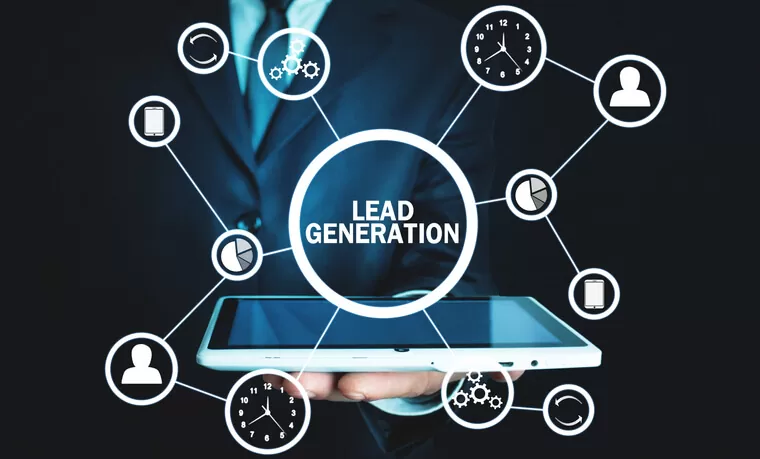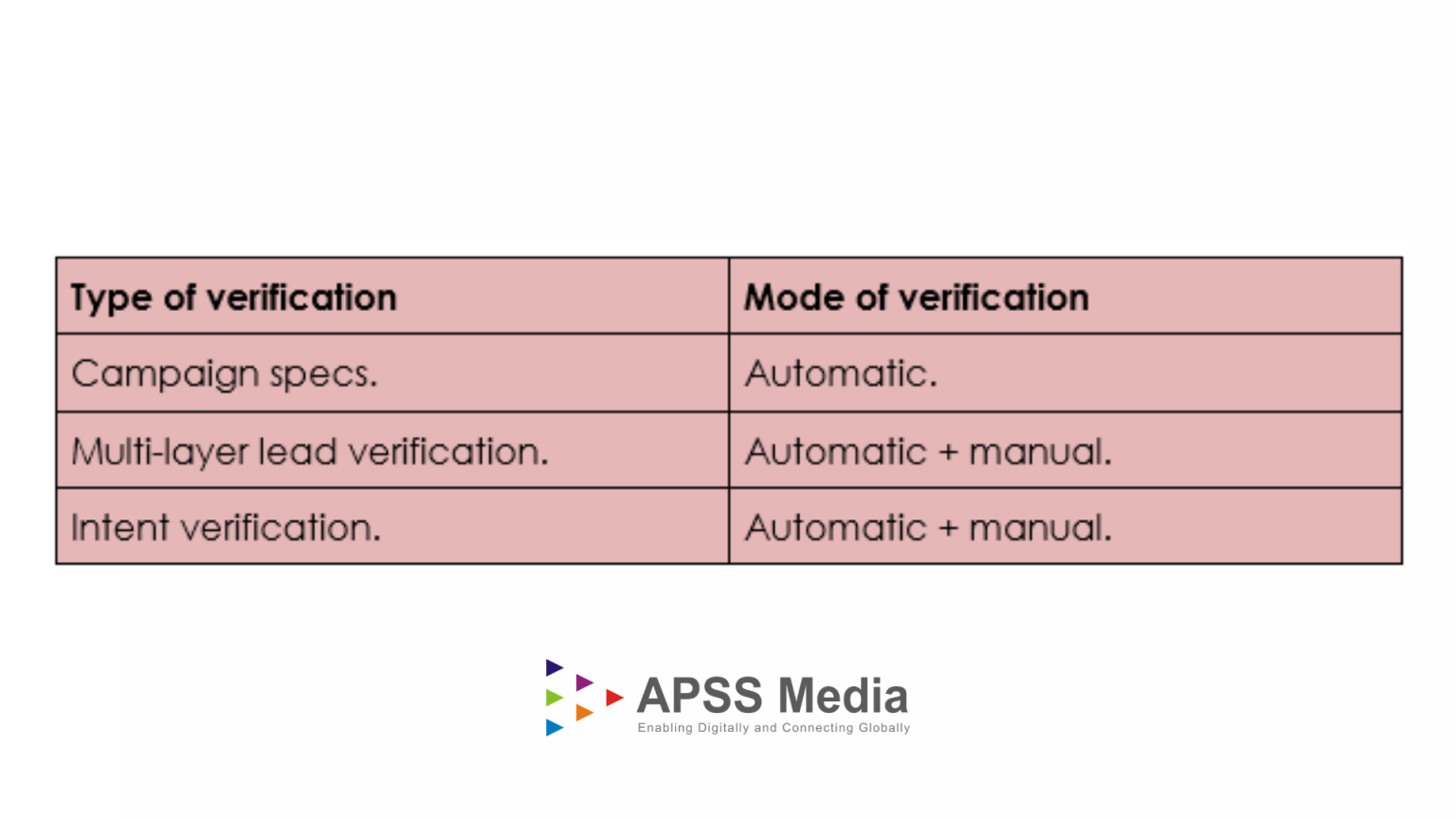How multi-layer quality assurance helps marketers to generate high-quality leads?

How multi-layer quality assurance helps marketers to generate high-quality leads?
On a high level, Content Marketing is done in three stages. The first one is reach. The second one is Engagement and the last one is Conversion.
The quality of reach drives the next stages of the funnel. In other words to achieve high engagement and conversion, marketers need to reach the right account. Thats why Lead quality (the parameter of qualified account reach) plays an important role in driving engagement, setting pipeline velocity, and generating revenue.
Takeaway:
- How to deliver highly qualified leads?
- How to assure the quality of leads with an automated and human touch?
The difference between a lead and a qualified lead.
B2B Marketing pipeline looks like this and contact has to go through it until it becomes a buyer.
Inquiry > Marketing Accepted leads > Marketing Qualified leads > Sales Accepted leads > Sales qualified leads > Conversion.
Each above stage of demand generation pipeline requires on average 4-5 checks/touchpoints (total 35 out of which Marketing gets to deal with 13-17) before it converts as a buyer.
The highly successful B2B Marketers achieve a 10% conversion rate, 5% more than the average. When we studied their pattern and surveyed some of them we found that successful marketers rely on the inputs that are qualified leads. The higher the quality the higher conversion rate they get. Simply put "the rate of conversion is directly propositional to the quality of leads".
Marketers understand that the quality of leads is the most important parameter to follow but the questions remain the same on how to pull qualified leads in the pipeline.
Before we move forward let's learn What makes a lead a qualified lead?
A lead is a contact a marketer acquires or generates through content marketing or events or a demand generation campaign. Now what makes it qualified is the accuracy of data of a lead against the pre-defined criteria of targeting. The more data points match, the highly qualified the lead is.
The data points are a combination of many data aspects such as demographics (personal data), firmographics (employer/account data), and technographic. A highly qualified lead meets most of the criteria but this data is not enough.
When it comes to identifying a lead that will engage with the middle and lower funnel activities we need to take intent data into the account.
How to deliver qualified leads?

Step1: Designing accurate campaign specs.
Here Marketers need to adopt 'no garbage in' approach. The important thing to keep in mind is B2B lead generation is a game of quality and not quantity. While designing a campaign, marketers have to strictly design campaign specs for market needs. It is achieved through the right product-market fit. The second important factor is to map the maturity of the audience towards buying a product/service. Intent data helps marketers to pull the intent of accounts towards a specific problem and the required solution. Vendors like bombora, 6sense, and Engigio helps to curate Intent driven account list from the third party interaction data.
Step 2: multi-layer lead Verification.
Generating lead is easy, generating quality leads are tough. When you generate leads that match the campaign specs the next step is to verify whether the lead is active. Multi-layer lead verification enables marketers to check the status of a lead. Marketers use a different approach to check the quality of leads.
Some verification methods are:
Tele verification b. Linkedin verification c. email verification d. Studying the latest digital footprint.
Marketers should not rely on a single source of verification but to integrate multiple layers to qualify a lead.
Step 3: Intent Verification
A lead can be qualified yet not interested for the moment. Intent data enables marketers to know what stage of interest a lead is. Some leads are not educated about the solution, some are educated but not confident and few are ready to buy. The intent verification enables marketers to prioritize and segment leads to the readiness of buying.
The intent verification can be done with data of 1st and 3rd party. The first-party compliant data is found in the in-house database while the 3rd party data is being fetched from 3rd party vendors.
How to assure the quality of leads with an automated and human touch in real-time?
Today Marketing efforts are integrated. The demand generation is integrated, secure, and effective more than ever. Thanks to Demand Growth platforms like Demand Integrated.
The successful marketers know to achieve more they have to focus on core things such as content personalization, lead prioritization, multi-touch campaign, and behaviour mapping. To focus on these things they put everything else on automation such as lead verification and creative approvals.
Lead verification should be done automatically to achieve laster sharp accuracy. Using tools like DI (Demand Integrate) it gives you automation to lead verification. It does cross-checking of campaign specs and matching it with acquired leads.
The mode of lead verification according to activities:

What does automatic + manual means?
An automatic way enables you to reduce the time and investment. While manual re-verification helps you to eliminate any chances of leakage in the pipeline. The combination of both is needed to achieve a high conversion rate.
Conclusion:
A successful marketer has a goal of high conversion. The quality of leads is the most important aspect of achieving a high conversion rate and reduce acquisition cost. Multi-layer lead verification assures marketers high lead quality, help to define high performing attributions, and achieve higher ROI.